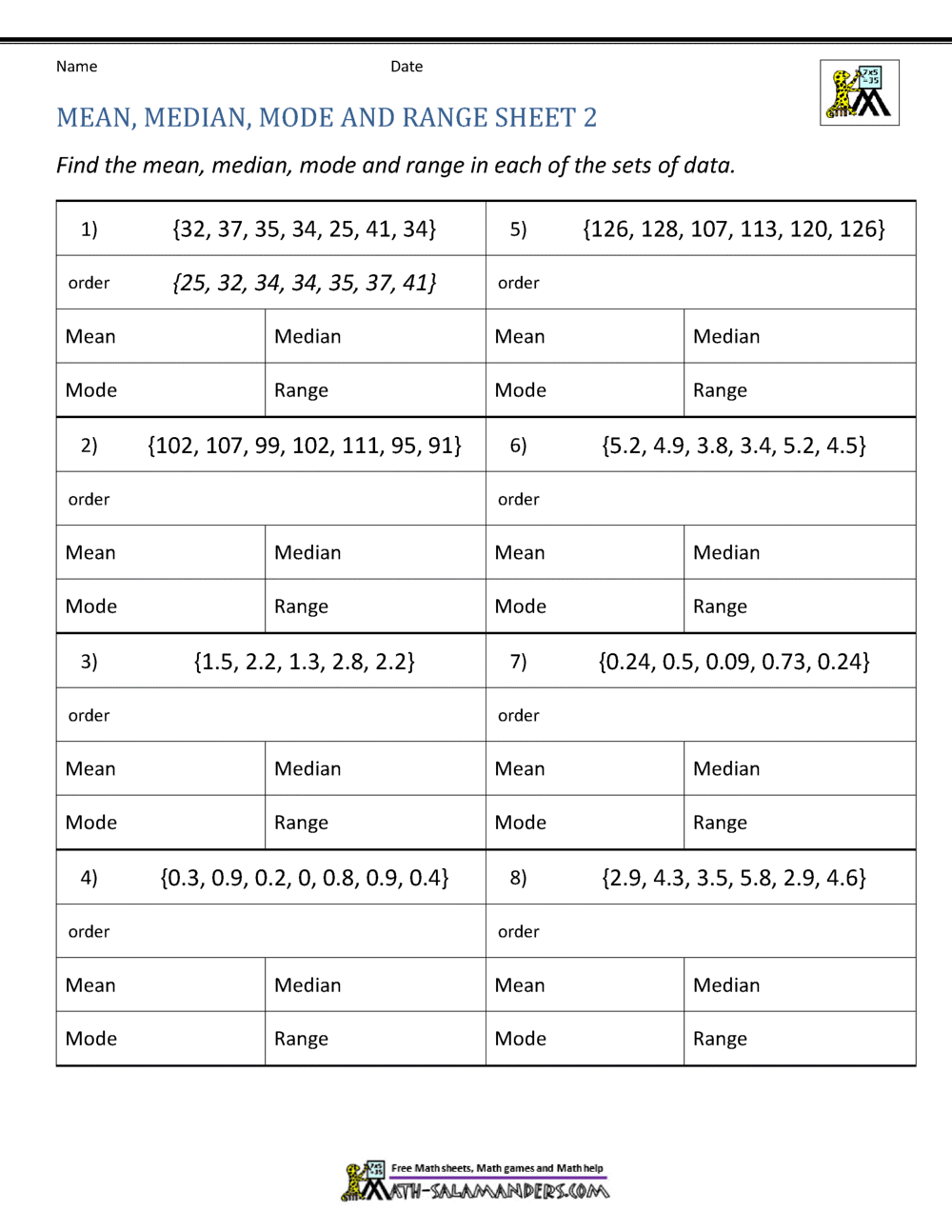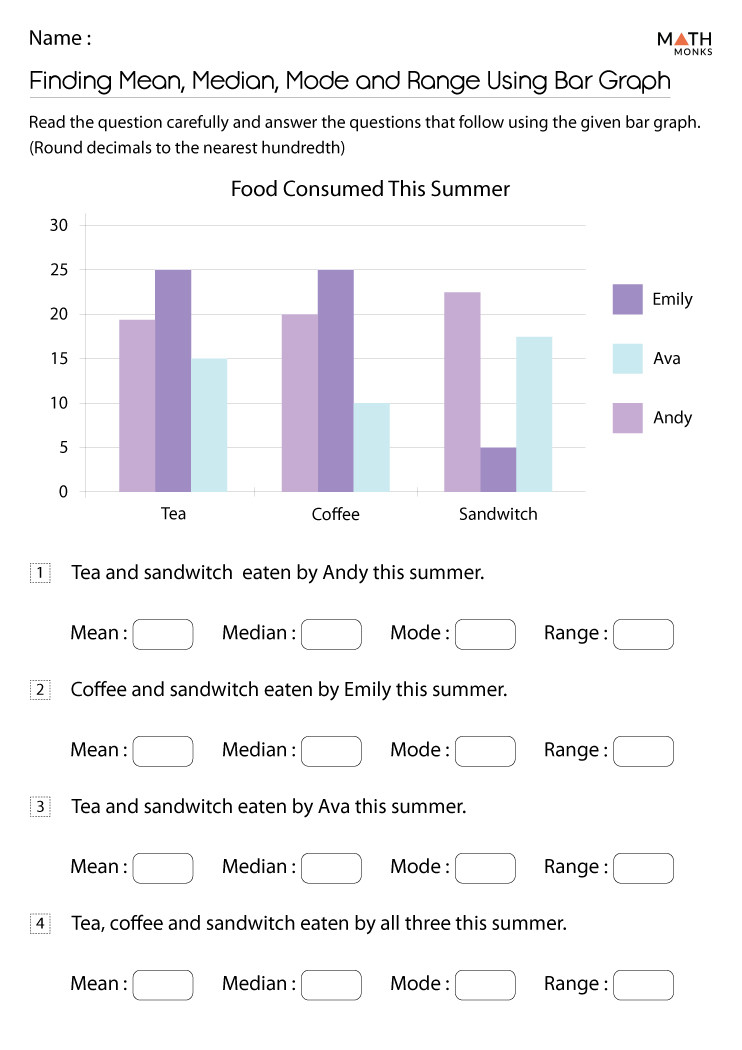Mean, Median and Mode Definition & Formula with Examples

The location of the median and the value of the median are not the same. The upper case letter \(M\) is often used to represent the median. The next example illustrates the location of the median and the value of the median.
- This is partly true, but there are also some much higher scores.
- Range (in statistics) is the difference between the maximum and minimum values of the set.
- A typical example would be the case where nearly every person in a given population lives on about two dollars a day, but there is a small elite with incomes in the millions.
- You can use the Mathway widget below to practice finding the median.
Differences between Mean, Median and Mode

Perfect for homework, in-class activities, or math revision. The decision between mean and median only really matters if the data are skewed. If the data are symmetric, then the mean and median are going what is range mode median and mean to be approximately equal, and the distinction between them is irrelevant. The median is a better measure of the “center” than the mean because 49 of the values are 30,000 and one is 5,000,000.
Formula Review
Again, it wouldn’t hurt if you ask advice from your teacher on how many decimals to round off as this part of the solution may be open to different interpretations. It is apparent that no value is repeated more often than the other. It just happens that the two center values are the same, therefore the average of two equal numbers will equal the same number.
Practise mean, median, mode and range
So, they are the modes (and we can conclude that this set of data is bimodal). The letter “M” is commonly used to represent the median of a dataset, whether it’s for a population or a sample. This notation simplifies the representation of statistical concepts and calculations, making it easier to understand and apply in various contexts. Therefore, in Indian statistical practice, “M” is widely accepted and understood as the symbol for the median. The three measures of central tendency provide different ways of summarizing and describing a set of data. In other words, they can help you to gain a more complete understanding of the data’s distribution.
The numerical average can mislead by suggesting that the average (in this case, we mean “typical”) person earns a few tens of thousands per year. This is an interesting example because the elements in the set now contain zeroes, a positive, and negative numbers. However, the methods that are used to solve for the mean, median, mode, and range do not change. To solve for the median, let’s arrange the list in increasing order and then pick the center value.
Clearly, the middle value is 6, so you can conclude that the median of the data set is equal to 6. To determine the median of numbers in the data set, simply find the middle value. To determine the mean of the data set, divide the total sum by the total amount of numbers. Furthermore, the range of a set of data is the difference between the highest and lowest values. In Example 8.3, we created a frequency distribution of the number of siblings of conflict resolution class attendees. Mean, Median, and Mode of any given data set is calculated using the suitable formulas which are discussed above in the articles.
Statistical software will easily calculate the mean, the median, and the mode. Some graphing calculators can also make these calculations. In the real world, people make these calculations using software.
The mode is the only average that can have no value, one value or more than one value. If there are two middle numbers, the median is the mean of those two numbers. If you had forgotten to divide by 5, then the answer would be 265, which is incorrect. A median value would be better to use if the supermarket didn’t want figures to be affected by unusually higher sales in December, for example.
